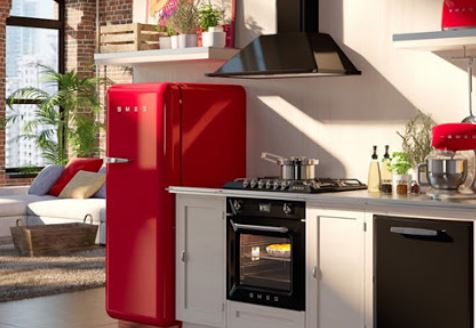Foreword
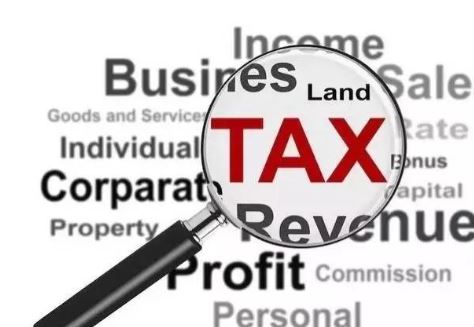
Depreciation tax reduction usually refers to tax relief for real estate investors. The rent and depreciation tax earned from investing in real estate are the same as other income-generating projects, which often need to be taxed and paid; and like other taxable projects, you can also enjoy different tax deductions in real estate investment.
Generally, these tax deductions are for items you spend money on, such as property management fees, municipal management fees, and other miscellaneous expenses. However, unlike the above fees, real estate depreciation tax reduction is what the tax authorities call “non-cash tax reduction”. This means that you did not actually pay cash when you declared the tax reduction. For this reason, real estate depreciation tax reduction is also called “paper tax reduction”.
People who come to Australia to invest often do not understand the tax and are unable to maximize returns and benefits. Well, today Wanjia brings everyone today’s push on the topic of depreciation tax.
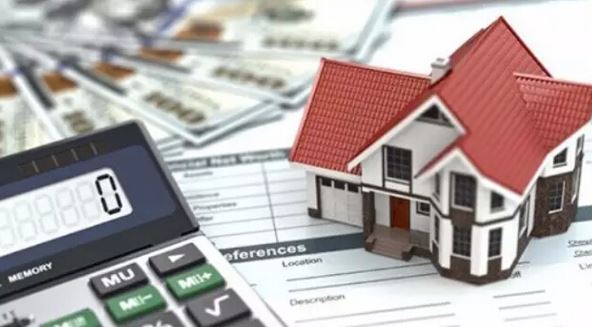
What is property depreciation?
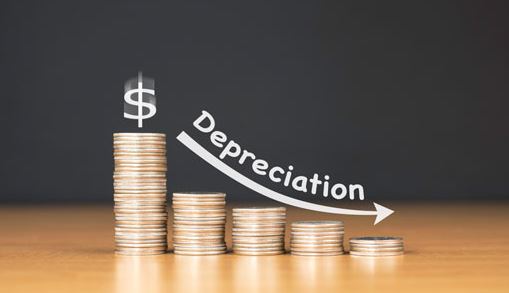
Depreciation (Depreciation) allows you to declare tax deductions for the wear and tear of the investment property over time. For example, if your annual income is AUD 100,000 and you declare a tax reduction of AUD 10,000, then you only need to pay tax on the income of AUD 90,000. This tax reduction recognizes that the building itself and its installations and equipment (air conditioning, curtains, carpets, etc.) will wear out over time and will eventually need to be replaced. However, it is not important whether these items are purchased by others (developers or former homeowners). As the current homeowner, you can still continue to declare tax reductions because they will continue to depreciate.
Specific recommendations for real estate depreciation tax refunds. A registered project appraiser (Quantity Surveyor) will classify each part of the investment house and prepare a “Depreciation Schedule” so that the landlord can legally declare the tax refund. Smart property investors can even go through tax rebates on property depreciation to increase the return on the entire investment. Here are some suggestions for specific practices: Do n’t ignore small depreciation items. This is most clearly reflected in the depreciation of houses. It is especially important to remember one thing when adding electrical appliances and other items to the investment house.
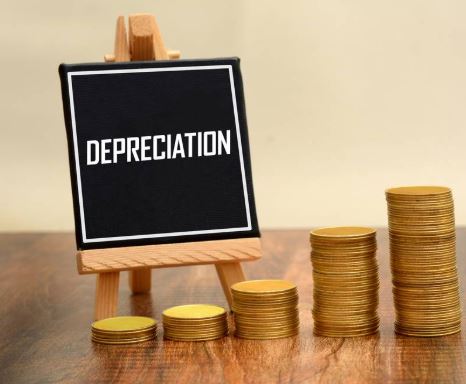
What are the two types of housing depreciation?
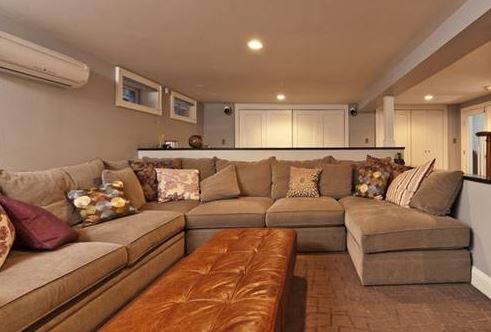
There are two major chapters in the Income Tax Assessment Act 1997 that deal with depreciation and tax reduction: 1. Chapter 43 (Depreciation of Capital Works); and 2. Chapter 40 (Apparatus and Equipment).
Basic engineering depreciation (often called “construction depreciation”) refers to the construction cost of the building itself, such as concrete and bricks, plus basic cost items, including swimming pools, spas, automatic doors, and many other items confirmed by cost estimators.
Devices and equipment refer to items inside the building, such as ovens, dishwashers, carpets and curtains. There are many specific list items. For details, please see: ATO List of Depreciable Assets.
Building depreciation is calculated annually at 2.5% to 4% of the initial construction cost (depending on the construction date). Devices and equipment are divided into many categories, and different types of devices and equipment will declare depreciation and tax reduction at different rates during their effective periods.
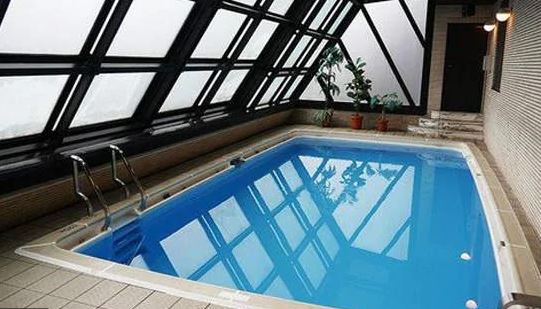
About this misunderstanding of depreciation
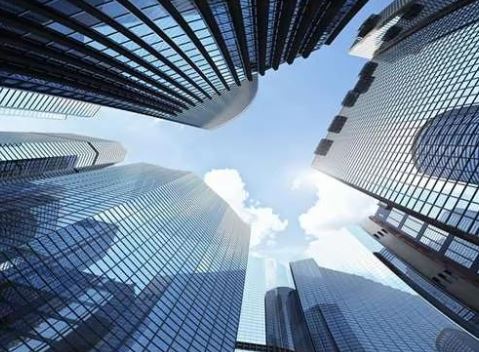
New property can only be depreciated and tax deducted
In fact, the higher the building floor, the higher the depreciation of the devices and equipment it gets, so the larger the amount of depreciation declaration. As the building height increases, certain services become essential, such as elevators (as well as other transportation services). Another reason why high-rise buildings can receive higher depreciation and tax reduction is that developers need to provide a higher proportion of supporting facilities such as devices and equipment. (Eg swimming pool, gym)
All construction costs can be declared depreciation tax reduction
In fact, only construction profits can be declared for depreciation and tax reduction. If the investment property is directly completed by a builder, then you can declare the builder ’s profit in this project.
There is also decoration that can increase your depreciation declaration amount. Decoration is another way to increase depreciation and tax reduction, because it can enjoy a higher depreciation rate. For example, a decoration package provided by a developer worth 20,000 Australian dollars can receive an additional 10,000 Australian dollar tax reduction in the first year only.

Wan Jia gave this suggestion
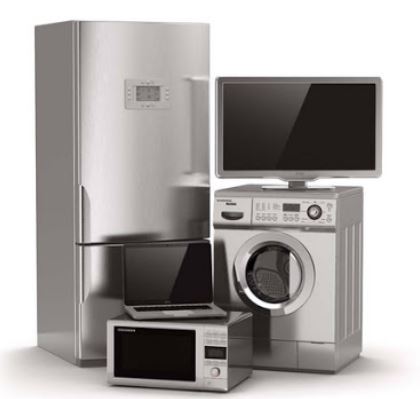
- Don’t ignore small depreciation items
As mentioned above, when buying electrical appliances and other items for an investment house, you must keep in mind that items up to $ 300 are directly tax deductible and do not require a complicated process (do n’t buy 310 if you can buy 300)
- The expense of making the property depreciation report itself is tax deductible
Real estate depreciation reports usually require professionals to prepare. If they are completed and paid before the end of each fiscal year (June 30), then a full refund can also be obtained as part of the depreciation tax deduction.
- Depreciation tax deduction for decorated rooms
The depreciation tax deduction is not necessarily a new house. You can buy a 100-year old house. As long as the house has been renovated, you can declare the depreciation tax deduction, even if you are not the owner at the time of renovation. (House decoration must be after 1987)
